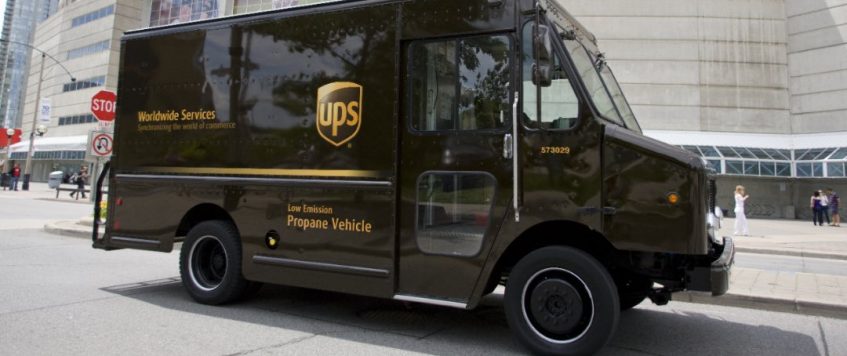-
02
Nov
Vice likely to tighten around UPS shippers in 2022
Evidence is mounting that 2022 could be an annus horribilis for UPS Inc. shippers.
Atlanta-based UPS said last week it will raise its 2022 U.S. tariff, or published, rates by 5.9%, effective the day after Christmas. However, the increase affects a small slice of UPS’ customer base that ships retail without a contract. The story will be much different for the larger universe of shippers that work with the giant carrier on a contractual basis.
What’s more, Matt Bohn, senior consultant for professional services for parcel consultancy Shipware LLC, said he’s increasingly hearing from shippers that UPS is requiring them to sign lengthy contracts that contain renegotiation penalties. That means UPS can raise rates at its discretion and customers are unable to negotiate, Bohn said.
UPS no longer uses the term “peak” delivery surcharges to describe the timing of its actions. Instead, it now calls them “peak/demand surcharges.” While technically insignificant, Bohn said it sends a signal that in the wake of elevated demand following the COVID-19 pandemic, the parcel-delivery industry has entered a perpetual peak that knows no season or calendar.
Because UPS reaps hundreds of millions of dollars from surcharges, it has little incentive to drop or reduce the levies anytime soon, said Bohn, who compiled a detailed breakdown of UPS’ rate and surcharge changes that was reviewed by FreightWaves. UPS declined comment.
The 2022 rate and surcharge hikes will be higher than in past years, Bohn said. UPS will raise its minimum charge on ground deliveries of lightweight parcels — typically in the 1- to 5-pound range — to $9.36 from $8.76, a nearly 7% increase, according to Shipware. Rates on those parcels, which represent a core weight range for e-commerce orders, will rise nearly 8%, according to Shipware data. The rate hike is fairly consistent across all of UPS’ eight delivery zones.
The opposite end of the size and weight spectrum, which are shipments of large packages, will also face substantial delivery surcharge increases, according to the Shipware analysis. The exceptions are shipments requiring additional handling and are traveling less than 150 miles. Those shipments will be hit with more modest surcharges in the 5% to 5.2% range.
Many of the other surcharge hikes will hit double-digit levels. For example, a shipper of residential parcels that UPS classifies as a “large package” faces a 13.79% year-on-year increase if the shipment travels between 601 and 1,500 miles. The same commercial shipment will be slapped with a 16.7% levy, based on Shipware data. UPS defines a large package as one with a combined length and girth of between 130 and 165 inches.
Shipments that exceed UPS’ maximum limits for acceptance, which are typically oversized items UPS doesn’t want to handle because it increases its cost to serve, will increase 11.4% to $1,025 per package.
UPS will impose a nearly 9% residential surcharge increase on ground deliveries and a 7% hike on shipments moving by air.
Customers using the company’s “3-day select” product, a niche offering that typically moves via intermodal service, will get whacked, according to Shipware data. Low-weighted traffic weighing 1 to 5 pounds will be hit with a 20.7% surcharge increase. Though the magnitude of the increases declines as the weight ranges increase, they remain well above double-digit levels until a shipment reaches the 30-pound weight break. Shipments heavier than 31 pounds will be hit with a 9.8% increase.
For 2022, UPS has added a delivery levy known as the “US48 Remote Area Surcharge.” These surcharges would apply to parcels shipped to very remote areas where a UPS package car and driver would need to travel a fair distance and where sparsely populated parts offer the company poor delivery density. However, UPS already imposes what is known as an “Extended Delivery Area Surcharge” (EDAS), and Shipware believes the company has shifted nearly 2,700 ZIP codes to the new surcharge, a change affecting more than 2.7 million people. Shippers that were hit with a $5.90 levy under the EDAS classification would see that levy more than double to $12 if the destinations fell under the new geographic definition, according to Shipware data.
UPS plans to raise its fuel surcharges by 1% on all domestic traffic except for ground residential deliveries within the lower 48 states by shippers subject to what the company called “retail rates.”

